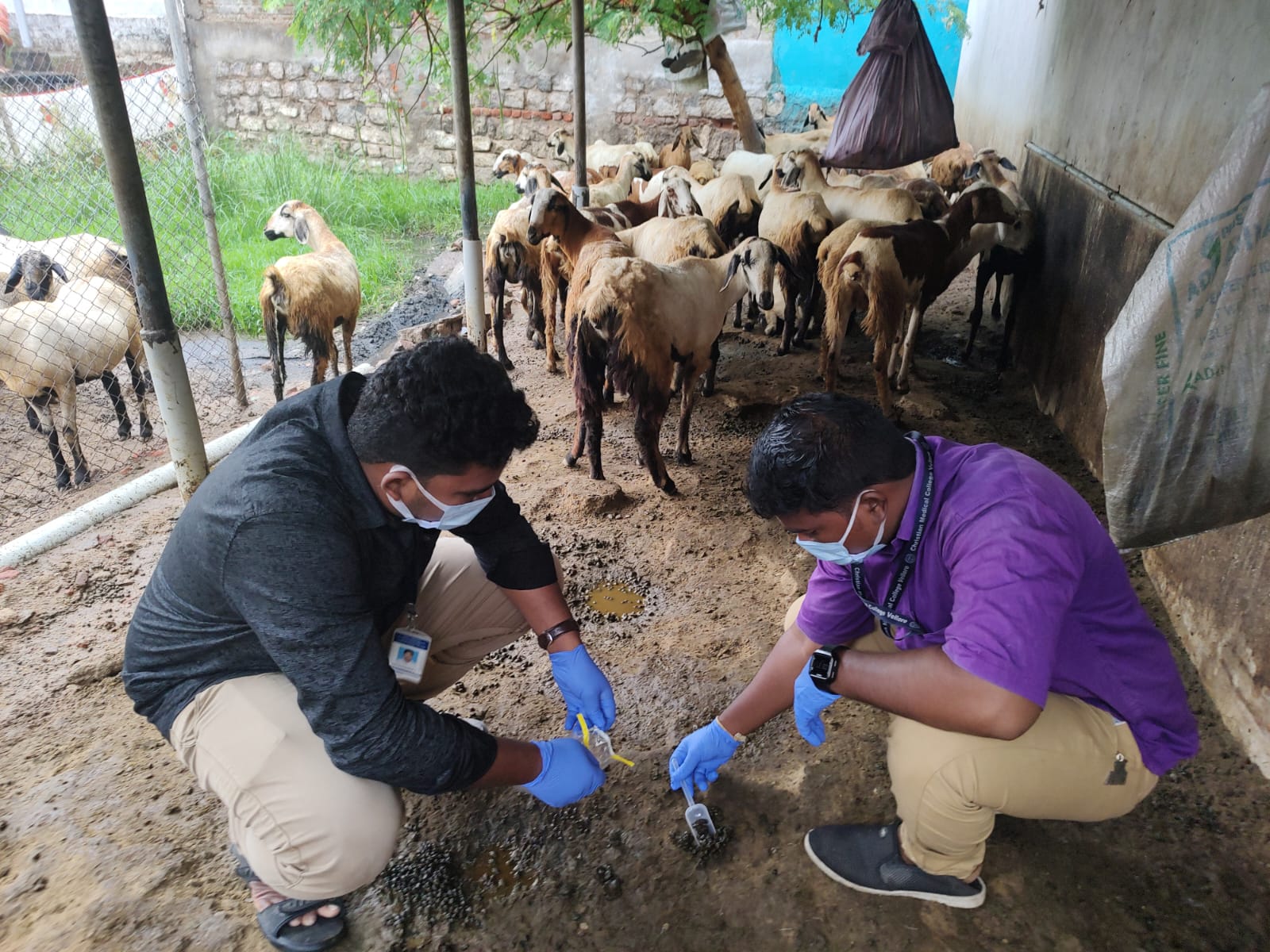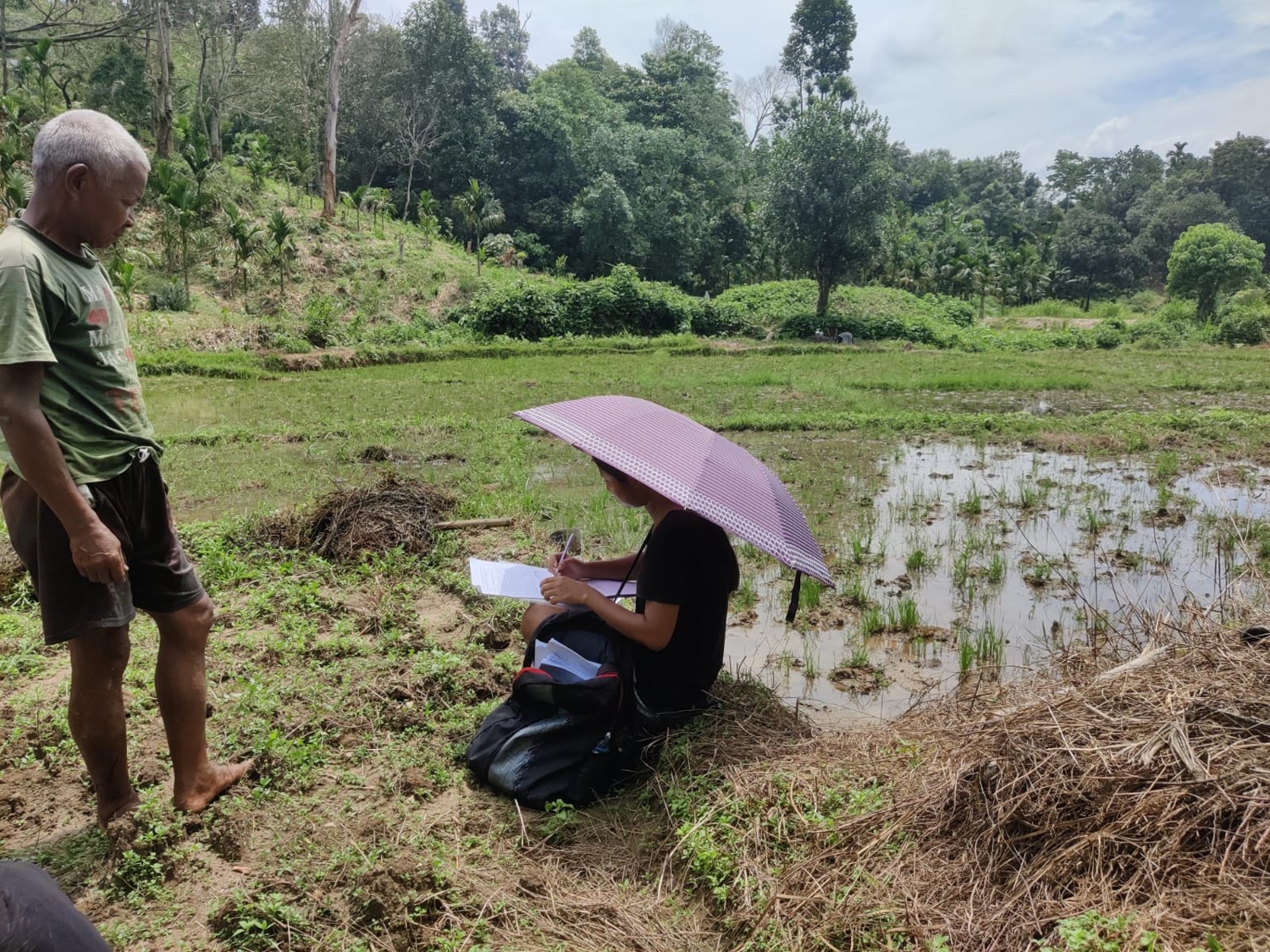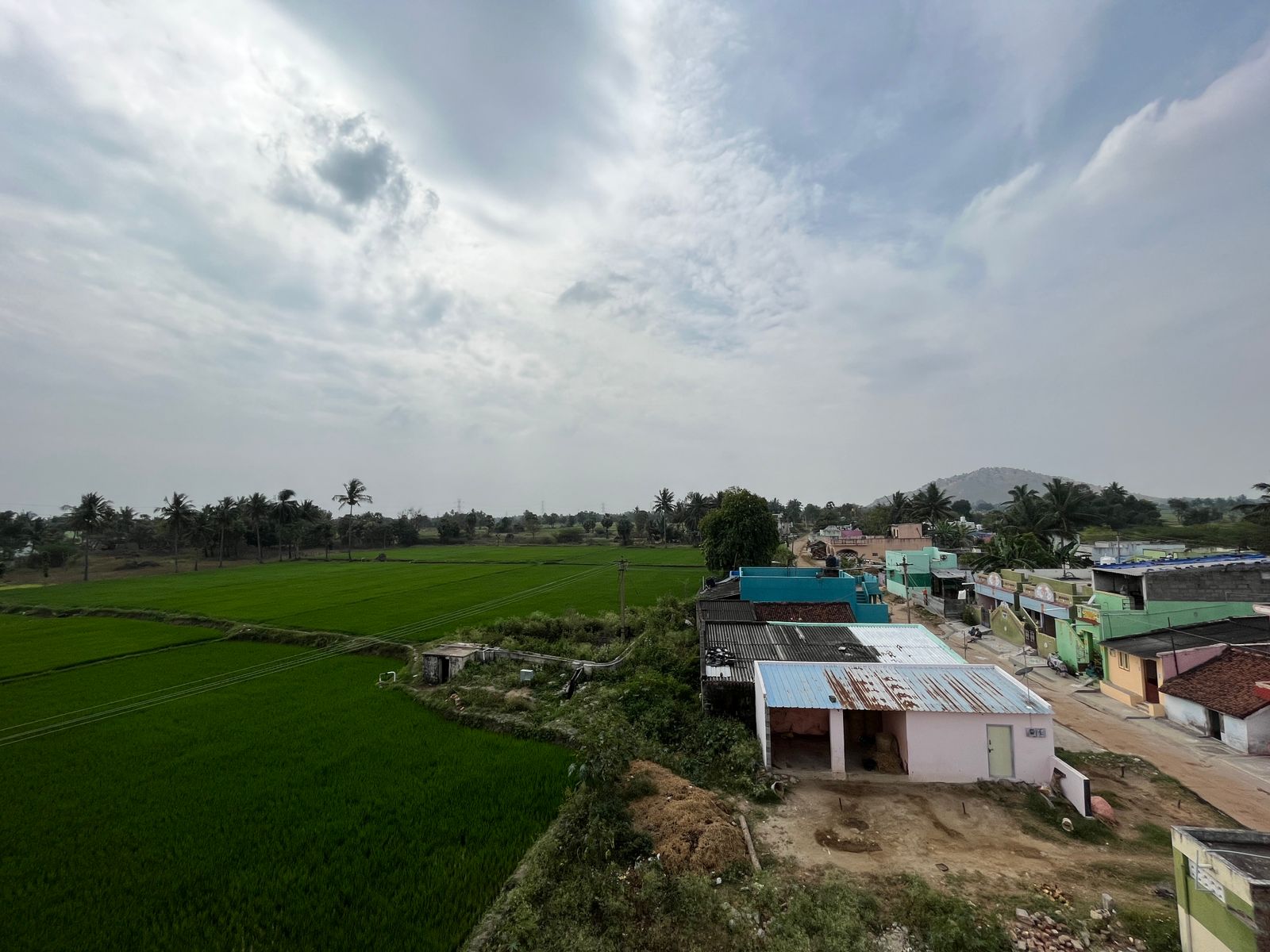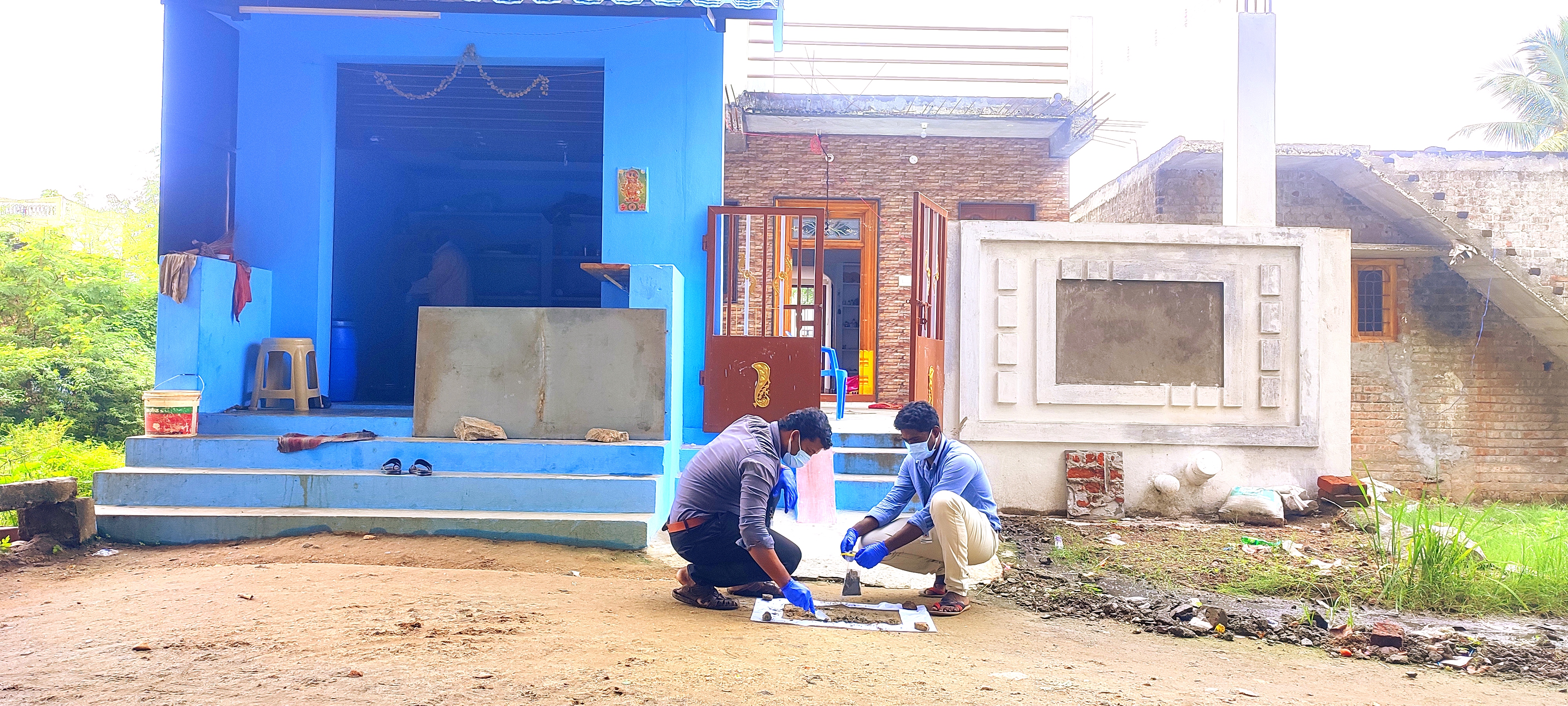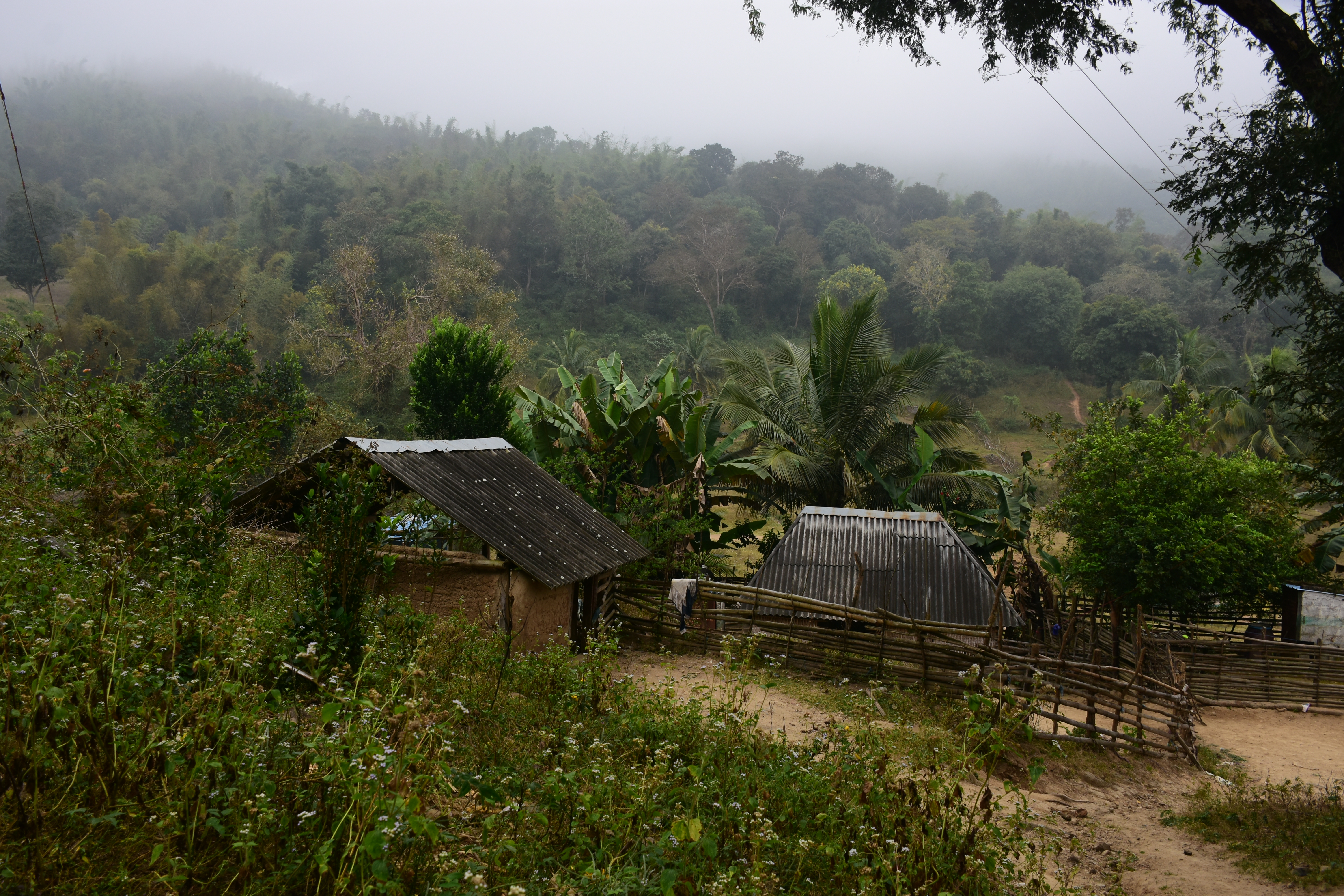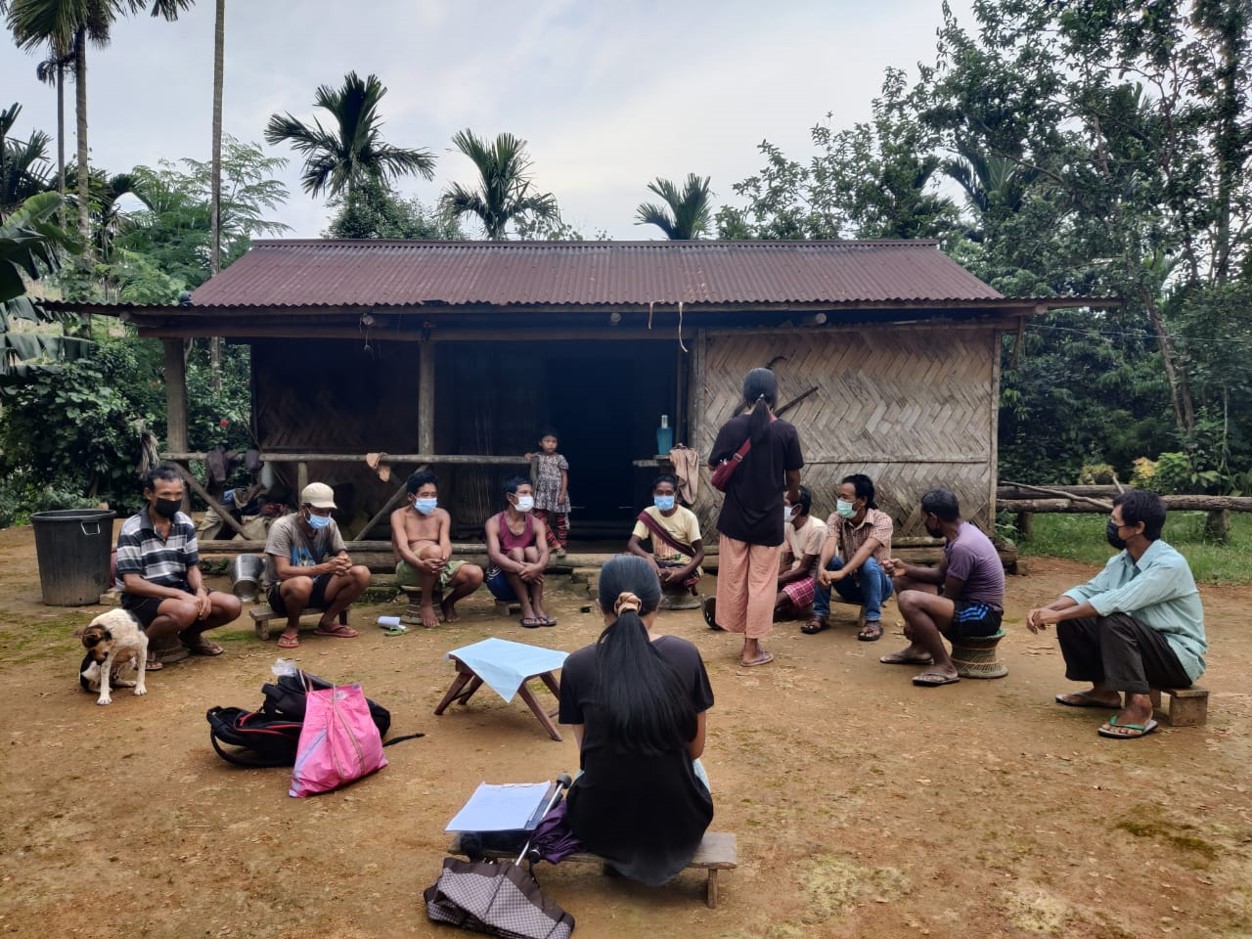Changing the Landscape of Soil Transmitted Helminths in India Using a One Health Approach
Principal Investigators: Sitara Ajjampur and Rajiv Sarkar
Lead Institution: Christian Medical College, Vellore
Background
Soil transmitted helminths (STH) - hookworms (Ancylostoma duodenale and Necator americanus), Ascaris lumbricoides and Trichuris trichiura - are among the most widespread NTDs. In rural populations, intensive animal-human mixing with livestock and companion animals combined with poor hygiene and sanitation lead to transmission of zoonotic infections. Most epidemiological surveys and mathematical models of STH do not account for or measure risk of infection from zoonotic sources. Additionally, current microscopy-based techniques used to monitor and evaluate deworming programs have poor sensitivity (particularly for light-intensity infections), cannot distinguish between morphologically identical zoonotic species, and are unsuitable for complex sample matrices.
Scientific Aims
- Determine the burden and transmission patterns of zoonotic STH infections in endemic communities using a One Health framework and quantify the impact of community-wide mass drug administration (cMDA)
- Develop and evaluate field-ready portable point-of-collection diagnostic tools for STH comparable to qPCR based on prevalent human and zoonotic species.
Hypotheses
- Intensive animal-human mixing in rural households will result in higher levels of human and zoonotic STH DNA in the household environment than in households with less exposure.
- POC diagnostic tools can provide a rapid and cost-effective assessment of prevalent human and zoonotic STH species with performance characteristics comparable to qPCR-based diagnostics.
Design
We will leverage a randomized controlled trial on cMDA and a One Health project in two eco-epidemiologically and culturally distinct geographic regions to investigate zoonotic STH infection epidemiology in endemic communities and quantify the impact of cMDA. We will screen for human and zoonotic species-specific STH DNA in human, animal and environmental samples using amplicon sequencing and qPCR supported by household surveys and qualitative interviews. We will evaluate the impact of cMDA on zoonotic STH species in DeWorm3 intervention clusters using banked DNA from human stool samples by qPCR. We will build species-specific STH transmission models and explore the impact of human, animal and environmental reservoirs on STH control measures, across a range of transmission scenarios. We aim to develop reliable, cost effective, field-based POC diagnostics for STH species utilizing field-friendly nucleic acid extraction methods followed by Recombinase Polymerase Amplification (RPA) and CRISPR-Cas12a based detection methods.

